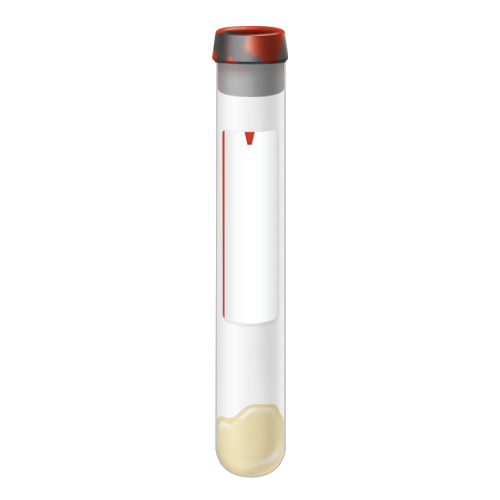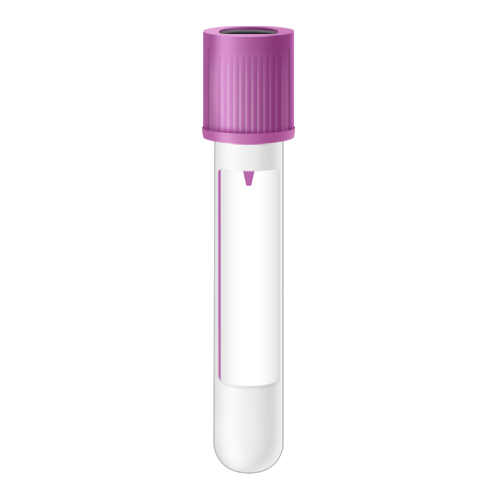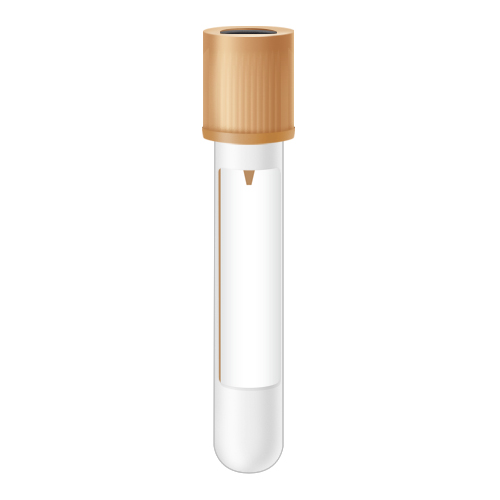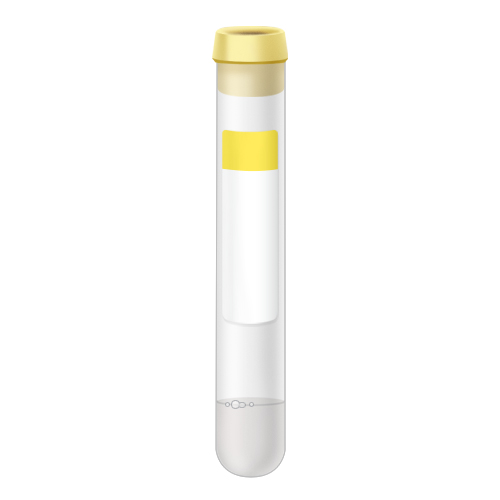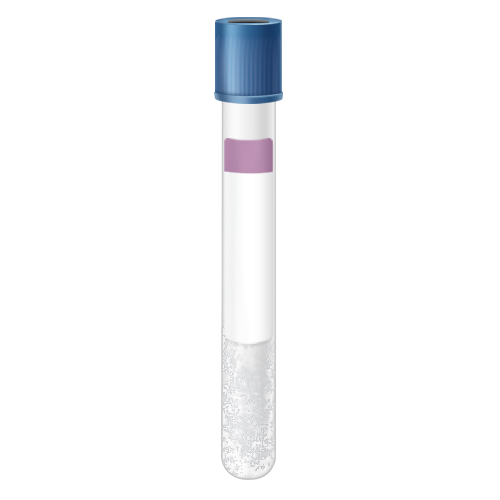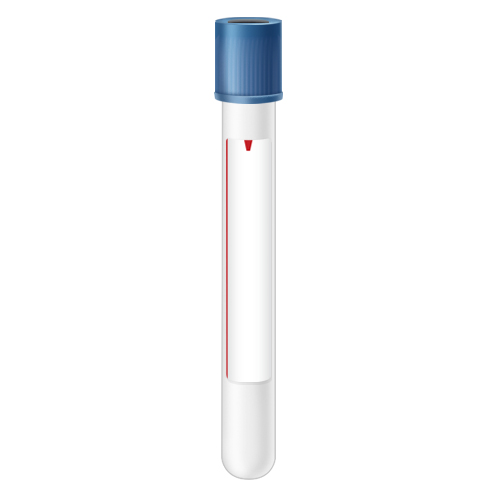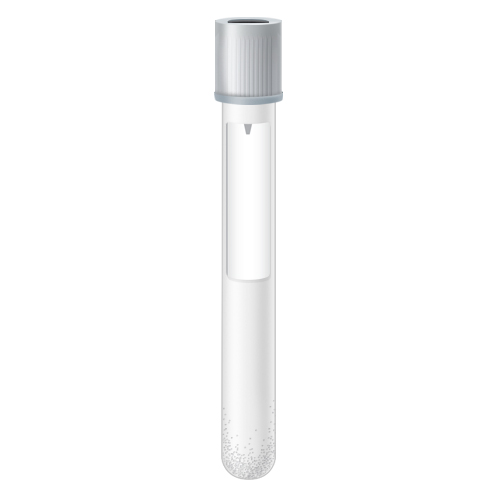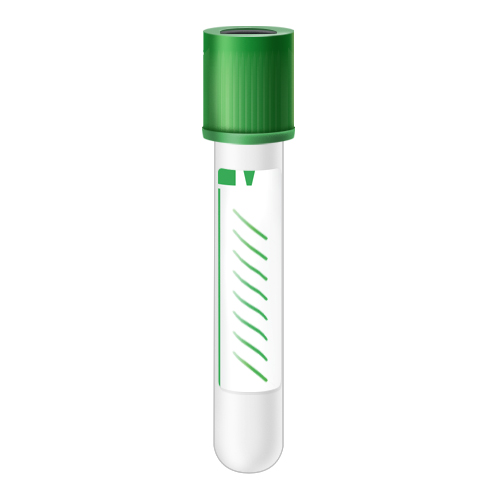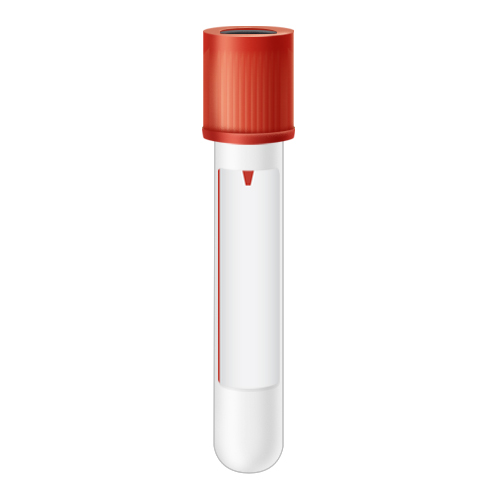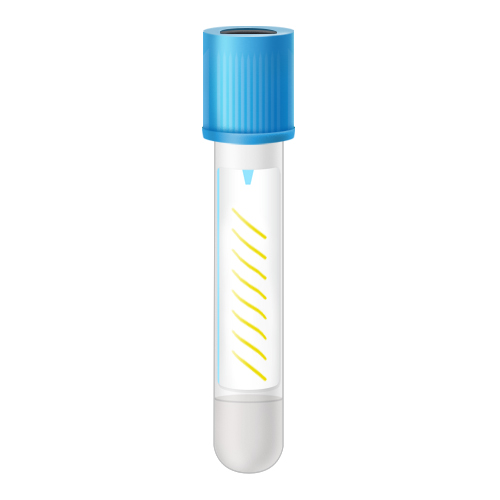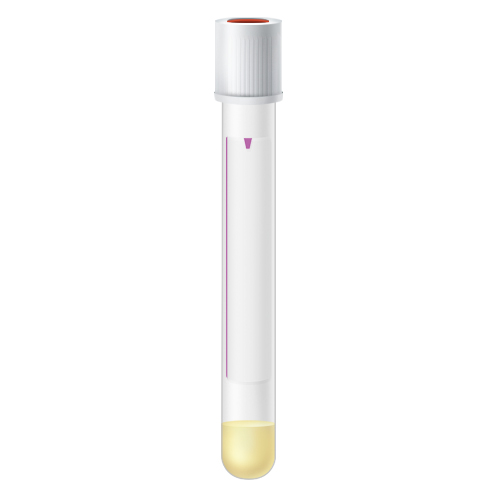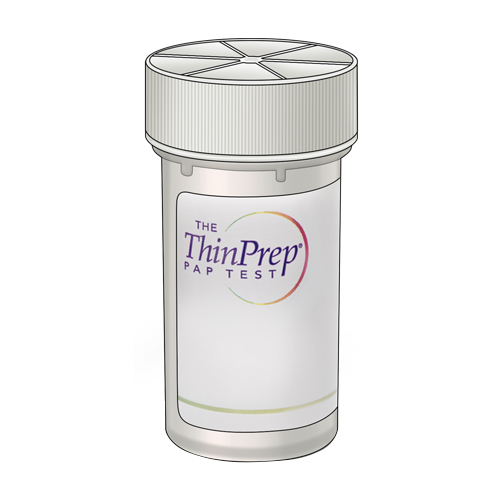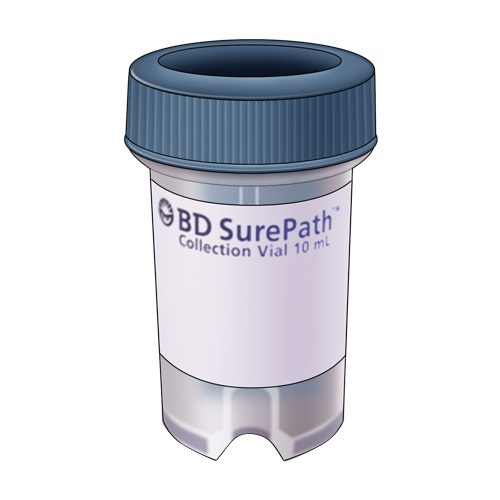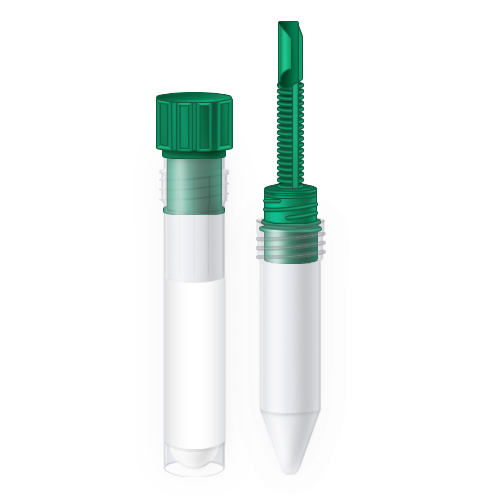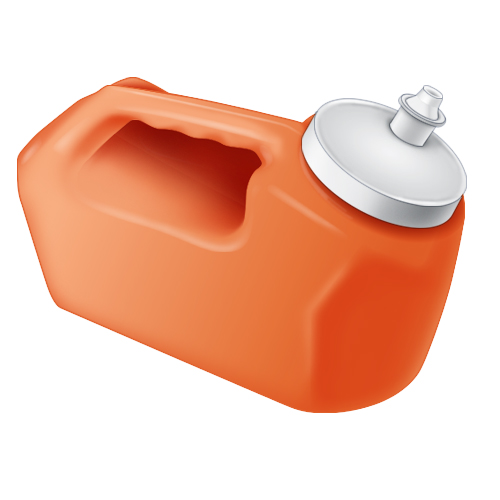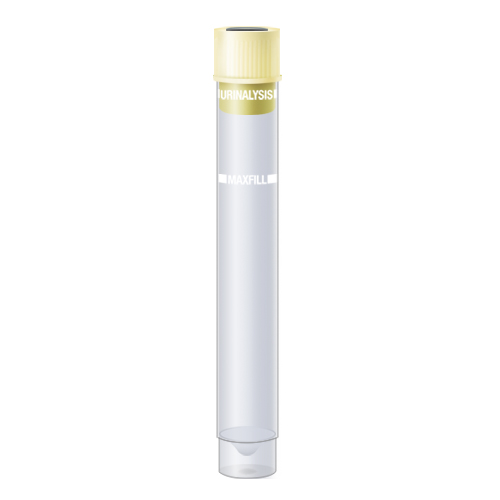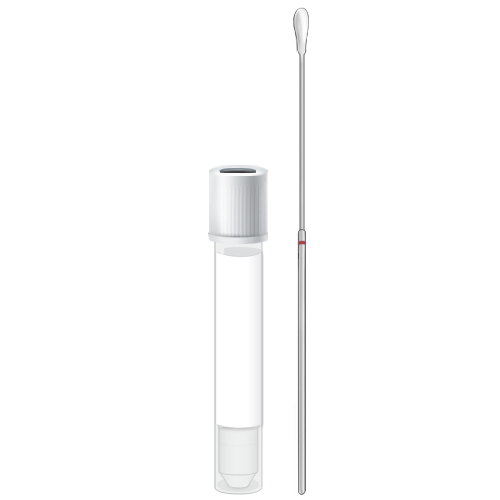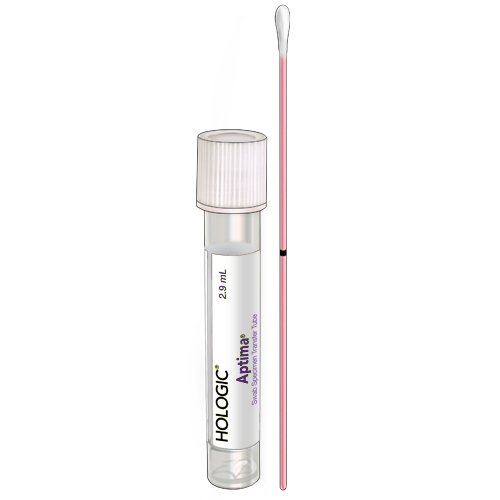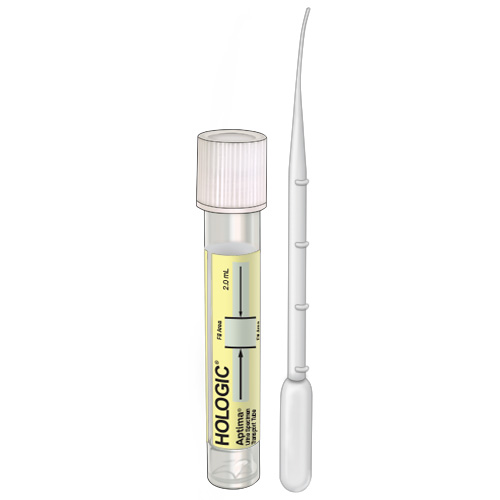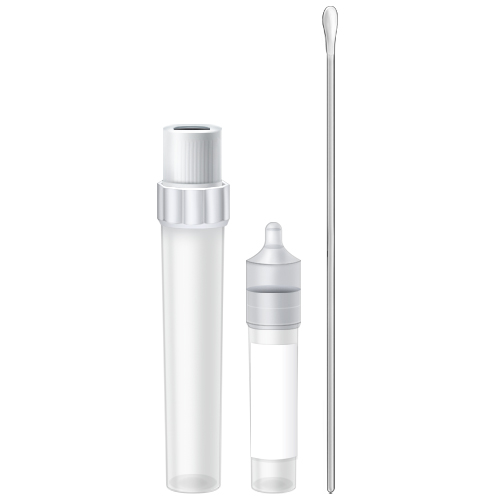Each year, the first Friday in March marks National Dress in Blue Day – presenting the opportunity to wear blue and raise awareness for colorectal cancer. This year, join the Colorectal Cancer Alliance’s mission to help end this disease and commit to learning more about its screening and prevention.
Go Blue for Colorectal Cancer Awareness Month
About 1 in 25 people in the United States will develop colorectal cancer during their lifetime, according to the American Cancer Society, yet with regular screening, it can be caught early.1 Here, we offer an overview of the disease, ways to help reduce your risk, and important information about screening and early detection.
What is Colorectal Cancer?
As its name suggests – colorectal cancer is a cancer that starts in the colon or rectum, and is sometimes referred to as either colon cancer or rectal cancer. According to the American Cancer Society, most colorectal cancers start as a polyp – a growth – on the inner lining of the colon or rectum. Over time, some types of polyps can become cancer, though not all do.2
How Can I Reduce Colorectal Cancer Risk?
As you get older, your chance of getting colorectal cancer increases, according to the Centers for Disease Control and Prevention (CDC).3 From lifestyle factors to prevention methods – the following are a few steps that you can take to help lower your risk:1
- Getting screened
- Aiming for a diet full of vegetables, fruits and whole grains
- Exercising regularly
- Managing your weight
- Not smoking
- Omitting or limiting alcohol consumption
Who Is at High Risk for Colorectal Cancer?
According to the American Cancer Society, a person is considered to be at high risk if they have the following:4
- A personal history of colorectal cancer or certain types of polyps
- A family history of colorectal cancer
- A personal history of inflammatory bowel disease
- A confirmed or suspected hereditary colorectal cancer syndrome such as familial adenomatous polyposis (FAP) or Lynch Syndrome
- A personal history of getting radiation to the abdomen or pelvic area to treat a prior cancer
Screening for Colorectal Cancer
While making healthy lifestyle choices can help support colorectal health, the CDC suggests that overall, the most effective way to reduce your risk for colorectal cancer is to get screened regularly starting at the age of 45. Routine screening gives healthcare providers the chance to find pre-cancerous polyps that can be removed before they turn into cancer. Screening also helps catch this disease at an early stage, allowing for better treatment options.5
Below are the five different types of tests used to screen for colorectal cancer:6
- Fecal occult blood test (FOBT): checks a stool sample for blood that can only be seen with a microscope.
- Sigmoidoscopy: a procedure that looks for polyps, abnormal areas or cancer inside the rectum and sigmoid (lower) colon.
- Colonoscopy: a procedure that looks for polyps, abnormal areas or cancer inside the rectum and colon.
- Virtual colonoscopy: a procedure that uses computed tomography (a series of x-rays) to make pictures of the colon. Then put together by a computer, these pictures may show polyps or other abnormalities on the inside surface of the colon.
- DNA stool test: a test that checks DNA in stool cells for possible signs of colorectal cancer through genetic changes.
Though the frequency of recommended screening may vary depending on your age and risk, visit the American Cancer Society Guideline for Colorectal Cancer Screening for an overview.
Colorectal Cancer Screening with BioReference
If you’re ready to consult your healthcare provider about screening tests, it’s important to know your options. BioReference’s FOBT/FIT (fecal immunochemical test) offers a number of advantages to make the testing process easier, including:
- One-time sample collection
- No dietary or medicinal restrictions
- Simple, no mess collection method
- Conveniently provided mailing pouch
Do what you can to raise awareness for colorectal cancer this month. Help spark important conversations about prevention by taking part in National Dress in Blue Day, and seek guidance from your healthcare provider to determine if screening is right for you at this time.
Sources:
- https://www.cancer.org/latest-news/six-ways-to-lower-your-risk-for-colon-cancer.html
- https://www.cancer.org/cancer/colon-rectal-cancer/about/what-is-colorectal-cancer.html
- https://www.cdc.gov/cancer/colorectal/basic_info/risk_factors.htm
- https://www.cancer.org/cancer/colon-rectal-cancer/detection-diagnosis-staging/acs-recommendations.html
- https://www.cdc.gov/cancer/colorectal/basic_info/prevention.htm
- https://www.cancer.gov/types/colorectal/patient/colorectal-screening-pdq


